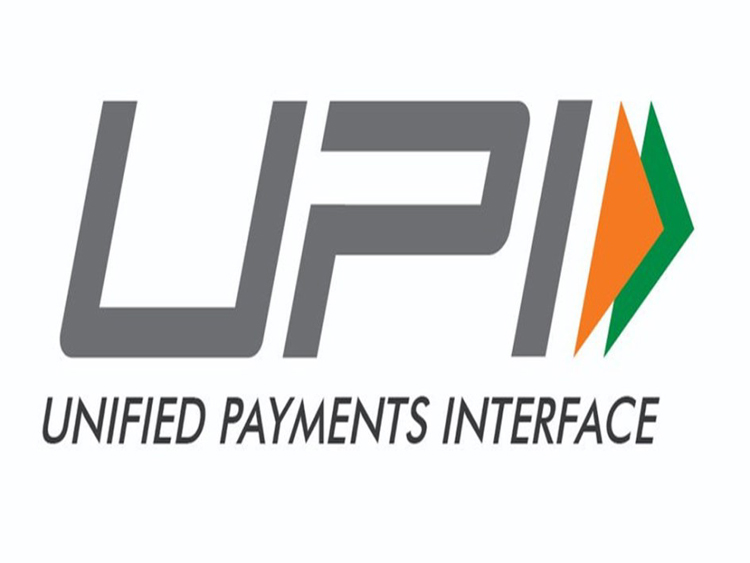Karanvir Gupta
What do your payments in a typical day look like? Buying groceries at the nearby grocery store, stopping at the petrol pump or gas station to fill the car, shelling out money at a restaurant or a coffee shop. What more? Paying the utility bills that might include television or mobile bill, LPG or electricity bill. Move to metros and it might also include monthly municipal corporation bill or paying for the metro/bus pass.
The money moves us and we move the money! Perfect Jodi, to say! But how do we both move each other, that is even more interesting. India as an economy has been the cash king. We take pride in keeping hard cash in pocket. There is some intangible glory attached to it and we cannot have enough of it. But when you look at it operationally – there is a lot of cost involved in managing and handling the cash.
From going to a bank to withdraw the money to going to a bank to deposit the money; from doling out ten ten-rupee notes at the grocery or waiting for three rupee of change; from entering the card details and cvv in making an online payment or trying to hide the credit/debit card to prevent theft of card details – there are numerous friction points in making payments either via cash or online. These were all small size ticket transactions. What if you have to transfer money to your parents or to your children (in thousands) or if you are making other payments running into lakhs. You will have to wait to add the person to be added as a beneficiary with the specific bank from where you have to transfer the money and then do a NEFT/RTGS payment. And in case the next time you have to make the payment from a different bank account – you will have to repeat the process. This challenge would be an operational bottleneck for businesses transferring money at regular intervals and frequently.
Talking about all these challenges, UPI (Unified Payments Interface) built over the IMPS infrastructure is a robust payment method that simplifies the entire process of making P2P (peer-to-peer) or P2M (Peer-to-Merchants/Businesses) transactions. To iterate, IMPS has just been rated (2 days ago) the best global payments innovation by US based research firm FIS (Fidelity National Information Services) beating payments solutions from US, China, and Singapore.
So what is UPI and how to use UPI? UPI is a single window to accept and transfer money from/to a single or multiple bank accounts without having to wait for them to be added as beneficiary. All you have to do is download a UPI enabled app which could be a BHIM UPI app by NPCI (National Payments Corporation of India), or any UPI enabled bank app. There are currently 29 UPI enabled bank apps on the playstore.
Any app can be used irrespective of the bank with which you have an account. You login into this app like any other gaming app. Once you are logged in to the app, it will ask you to create a VPA (Virtual Payment Address) . You can link this VPA to your one or many bank accounts. Now when you have to transfer the money, you need to enter the VPA of the receiver (who can be your friend or near by kirana store, doodhwala bhaiya or your helper) and the amount to be transferred and Boom, you are done! Zero wait time, No entering the card details, and a completely secured solution in place to make transactions.
But what does this means for businesses? First of all the MDR charges are way lower for any transaction in comparison to POS charges or other mode of online payment (NEFT, RTGS, etc.) Secondly, all the business has to do is create a VPA with UPI enabled app and post it over the counter. The customer makes the purchase, comes to the counter, sees the VPA and immediately makes the payment. The money gets instantly debited from the bank account of the customer and lands into the bank account of the business. Collection and reconciliation of money has never been this simplified. Also, money movement doesn’t get hindered by strikes, bank holidays or official timings. UPI allows to make payments 24×7.
NPCI recently launched UPI2.0 which also gives the businesses to generate invoices for the product sold, produce verified merchant details for consumer protection and provision for mandate payments where merchant can block a pre decided amount on customer account. For example, my nearby kirana store can block Rs 5000 on my account and auto debit that amount on consecutive purchase over the month. This will happen with the approval of the customer.
In August 2018 alone, a total of 312 Mn UPI transactions have been carried out amounting to Rs 54,000cr in value (approximately). This has been a setback for wallets like Mobikwik, Freecharge and Paytm which ask the customers like you and me to load money into their wallets and then make the payment. UPI – facilitating direct bank to bank transfers – will eventually kill these middle men apps or expensive payment methods. And isn’t that what we all wanted always – cost efficient & sans middle-man ecosystem! This is how the next wave of payments look like. Let’s try now!
(The writer is an IIM Shillong Alumnus and Mentor of Change with Niti Aayog.)
feedbackexcelsior@gmail.com
Trending Now
E-Paper


